I have a set of bounding boxes and I want to bound these bounding boxes with a larger bounding box like in this example . 
I want to bound close boxes into a bigger bounding box like I would want to have bounding boxes for "Washing","Up","liquid",etc. I tried out clubbing all those boxes which have almost same aspect ratio . But this approach is not that flexible . Can anybody suggest a good approach which is expandable to other examples also.?